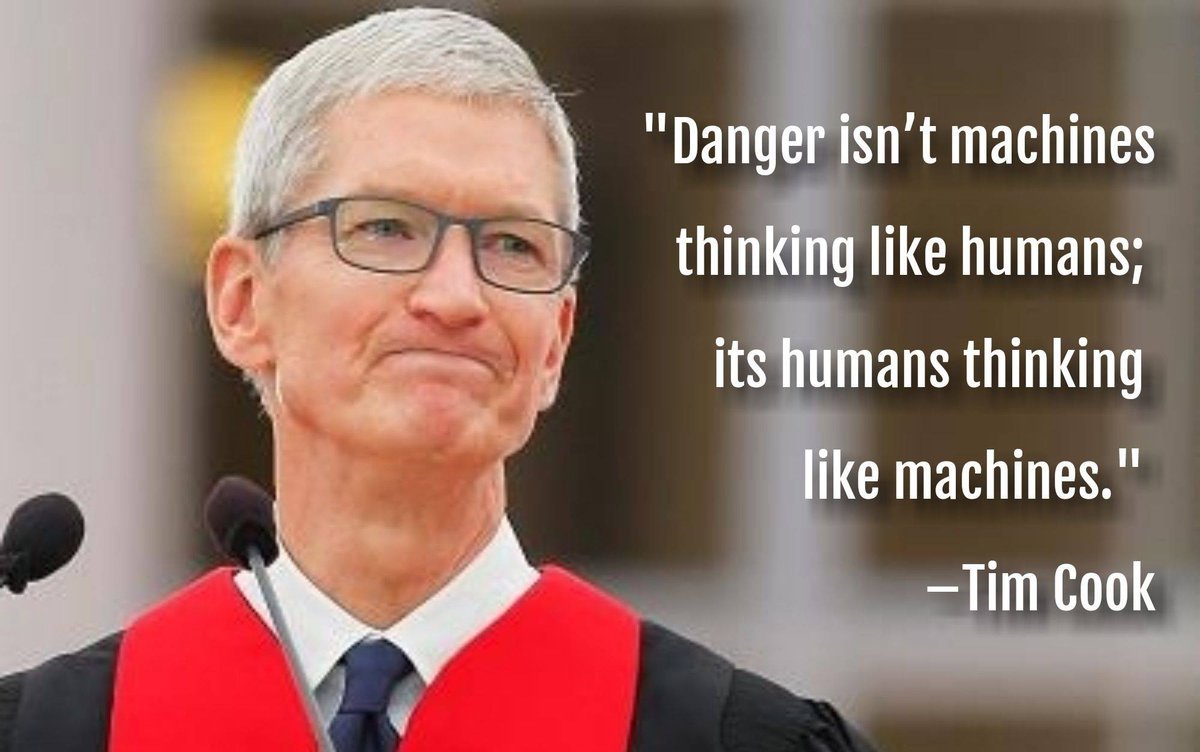"The paper aims to introduce and conceptualize customer ecosystems as perspective on service. In this paper we discuss implications of considering not only the customer but the customer’s ecosystem when designing and operating service business. A customer ecosystem is defined as systems of actors related to the customer that are relevant concerning a specific service. [Moi ici: Isto faz-me pensar em Drucker. O cliente nunca compra o que o fornecedor pensa que está a vender. Um ecossistema não é uma função do que se produz, o output, mas uma função do input no sistema do cliente] This means that the customer ecosystem is defined based on a specific service. ... The customer’s ecosystem represents a constantly changing influencer affecting the customer’s activities and service experiences.Não é correcto desenhar um ecossistema do negócio sem equacionar a estratégia da organização, sem equacionar a sua proposta de valor e os clientes-alvo.
...
This paper proposes a customer ecosystem perspective on service. The focal point is not what the provider does to produce a service offering but what the customer does with the service as part of her own dynamic and collective ecosystem. [Moi ici: Cá está] ... Value is not created in providers’ service (eco)systems, instead value is experientially formed in the customer’s ecosystem. The core of customer ecosystems is not the co-creation of value in interaction, instead the core is how the customer configures meanings and constructs value in relation to her own ecosystem influenced by the customer’s goals, positions and roles and the whole social context."
Na semana passada uma primeira reflexão sobre o tema numa empresa gerou um mapa como o que se segue:
Por onde circulam os produtos e serviços, por onde circula a informação, por onde circula o tempo.
Clientes, clientes dos clientes, utilizadores, prescritores, influenciadores.
Interessante que a proposta de valor do lado direito é bem diferente da do lado esquerdo.
Trechos retirados de "A customer ecosystem perspective on service" de Päivi Voima, Kristina Heinonen, Tore Strandvik, Karl-Jakob Mickelsson, Johanna Arantola-Hattab




















